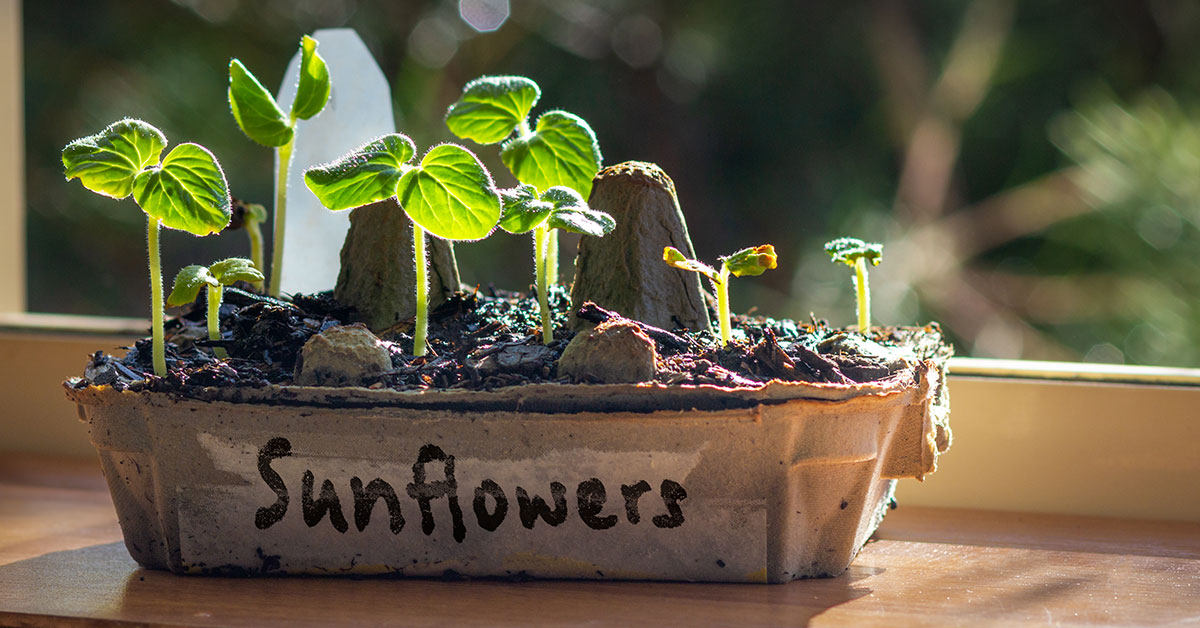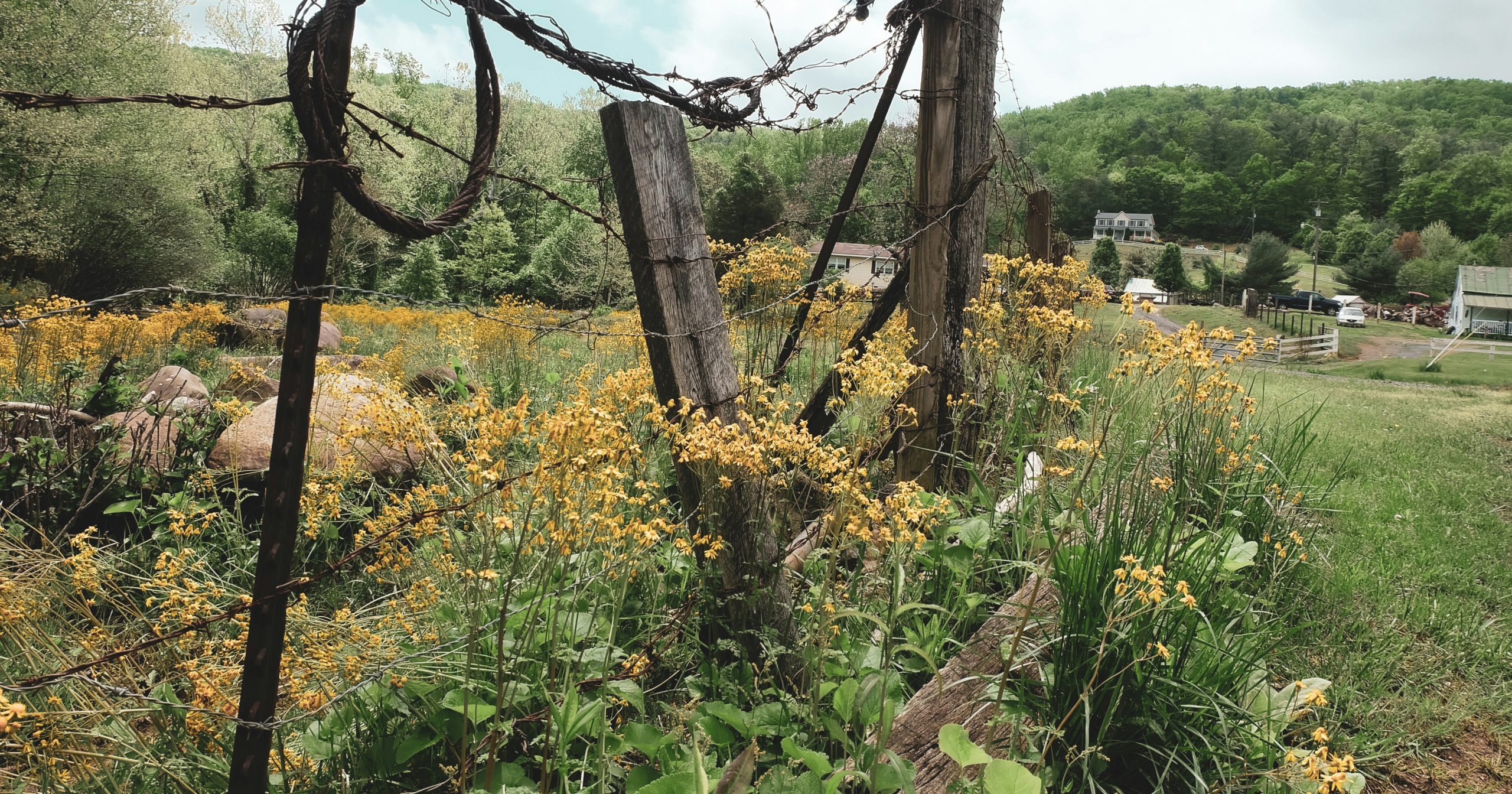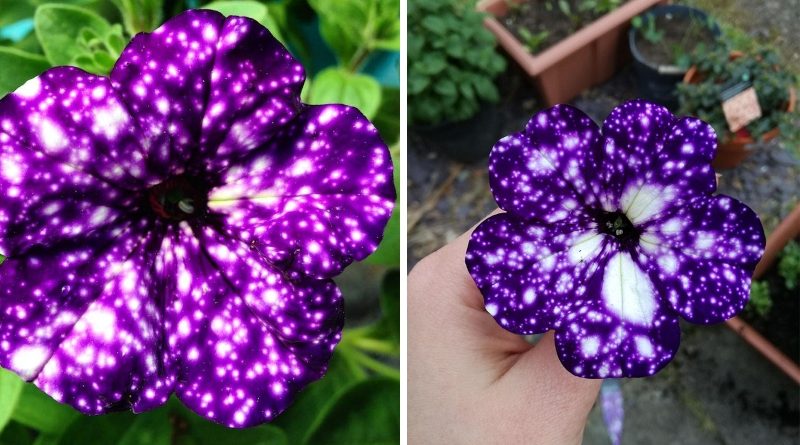Growing sunflowers in zone 7 is a rewarding experience. The warm temperatures and plenty of sunshine make it an ideal climate for these vibrant, cheerful flowers. Sunflowers are easy to grow and require minimal maintenance, making them an ideal choice for beginner gardeners.
Not only are sunflowers attractive and fun to watch as they grow, but they can also provide a great source of food for both humans and wildlife. Whether you’re looking to add a splash of color to your garden or trying to attract birds and bees, sunflowers are a great choice for zone 7 gardens.
Growing zone 7 climate
Zone 7 has a temperate climate, with warm summers and relatively mild winters. Summers are usually hot and humid, with temperatures averaging between 75-90 degrees Fahrenheit (24-32 degrees Celsius). Winters are mild, with temperatures usually ranging from 35-50 degrees Fahrenheit (2-10 degrees Celsius). Precipitation is generally evenly distributed throughout the year, with the majority occurring during the warmer months.
Growing sunflowers in zone 7
During the cold winter months, the temperatures can dip below freezing, and this can cause damage to the sunflower plants. If you live in an area with cold winters, you may want to consider planting your sunflowers in pots and bringing them indoors during this time. In warmer months, sunflowers thrive in Zone 7.
The heat encourages the plants to grow larger and more vibrant blooms. The soil should be well-draining, and you should avoid over-watering your sunflowers to prevent rot. When planting sunflowers, be sure to choose a sunny location and pick varieties that are suited to your climate. Most sunflowers are annuals, so you will need to plant new ones every year. They can take up to 100 days to bloom, so be sure to plan ahead.
Some of my favorite varieties of sunflower include:
- Mammoth Grey Stripe Sunflower (Helianthus annuus) – 75-100 days to maturity
- Teddy Bear Sunflower (Helianthus annuus) – 60-90 days to maturity
- Red Sun (Helianthus annuus) – 65-95 days to maturity
- Autumn Beauty Sunflower (Helianthus annuus) – 75-90 days to maturity
- Lemon Queen Sunflower (Helianthus annuus) – 75-95 days to maturity
- Velvet Queen Sunflower (Helianthus annuus) – 90-110 days to maturity
- Dwarf Sunspot Sunflower (Helianthus annuus) – 60-90 days to maturity
- Giant Sungold Sunflower (Helianthus annuus) – 85-110 days to maturity
- Evening Sun Sunflower (Helianthus annuus) – 75-95 days to maturity
- Sundance Kid Sunflower (Helianthus annuus) – 75-95 days to maturity
When to start sunflowers indoors in zone 7
Sunflower seeds should be started indoors 4 weeks before your final frost date. In zone 7, the final frost date is around April 3rd. You should also consider the size of the variety of sunflower you are planting, as shorter varieties can be planted earlier and taller varieties will need to be started later. Sunflowers should be started indoors around March 6th in zone 7.
Starting sunflowers from seed is a relatively easy process that can be done both indoors and outdoors. To begin, you will need to purchase sunflower seeds from a garden center or online. When selecting seeds, make sure to look for the desired variety you want to grow. Once you have your seeds, you can choose to start them indoors 4 weeks before the last frost date for your region.
Fill a seed tray with starter soil and moisten it with a spray bottle. Place your seeds on top of the soil, cover them lightly with starter soil, and water them gently. Place the tray in a warm and sunny spot, and keep the soil moist. Once your plants have grown 2-3 sets of leaves, you can transplant them outdoors.
Planting sunflowers outdoors
Sunflower seeds should be planted outdoors after the last average frost date for your area. Planting sunflower seeds too early can result in poor germination and seedling growth and potentially death if there’s a hard freeze.
When planting outdoors, make sure the area has plenty of sunshine and well-draining soil. Dig a hole that is twice the size of the root ball, and fill the hole with compost or aged manure. Place the seedling in the hole and backfill with soil, then water deeply.
For the remainder of the sunflower’s life, make sure to keep the soil moist and fertilize regularly. With proper care, you should have beautiful sunflowers in no time!












